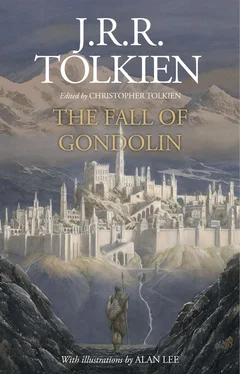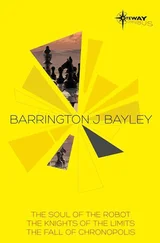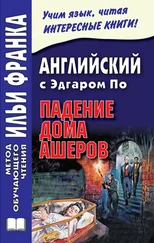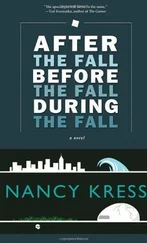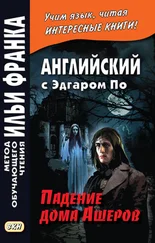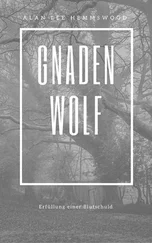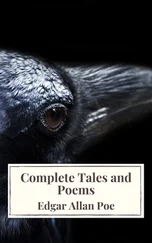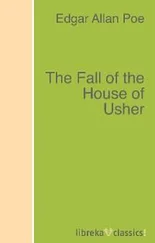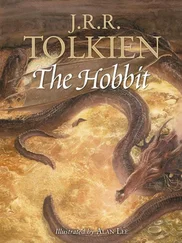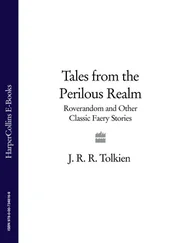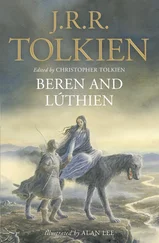In the chapter of this book, The Evolution of the Story , I have printed parts of a long and very revealing letter that he wrote to his publisher, Sir Stanley Unwin, in February 1950, very soon after the actual writing of The Lord of the Rings had reached its end, in which he unburdened his mind on this matter. At that time he portrayed himself self-mockingly as horrified when he contemplated ‘this impracticable monster of some six hundred thousand words’ – the more especially when the publishers were expecting what they had demanded, a sequel to The Hobbit , while this new book (he said) was ‘really a sequel to The Silmarillion ’.
He never modified his opinion. He even wrote of The Silmarillion and The Lord of the Rings as ‘one long Saga of the Jewels and the Rings’. He held out against the separate publication of either work on those grounds. But in the end he was defeated, as will be seen in The Evolution of the Story , recognizing that there was no hope that his wish would be granted: and he consented to the publication of The Lord of the Rings alone.
After the publication of The Silmarillion I turned to an investigation, lasting many years, of the entire collection of manuscripts that he had left to me. In The History of Middle-earth I restricted myself as a general principle to ‘drive the horses abreast’, so to speak: not story by story through the years in their own paths, but rather the whole narrative movement as it evolved through the years. As I observed in the foreword to the first volume of the History,
the author’s vision of his own vision underwent a continual slow shifting, shedding and enlarging: only in The Hobbit and The Lord of the Rings did parts of it emerge to become fixed in print, in his own lifetime. The study of Middle-earth and Valinor is thus complex; for the object of the study was not stable, but existed, as it were, ‘longitudinally’ in time (the author’s lifetime), and not only ‘transversely’ in time, as a printed book that undergoes no essential further change.
Thus it comes about that from the nature of the work the History is often difficult to follow. When the time had come, as I supposed, to end at last this long series of editions it occurred to me to try out, as best as I could, a different mode: to follow, using previously published texts, one single particular narrative from its earliest existing form and throughout its later development: hence Beren and Lúthien. In my edition of The Children of Húrin (2007) I did indeed describe in an appendix the chief alterations to the narrative in successive versions; but in Beren and Lúthien I actually cited earlier texts in full, beginning with the earliest form in the Lost Tales . Now that it is certain that the present book is the last, I have adopted the same curious form in The Fall of Gondolin.
In this mode there come to light passages, or even full-fledged conceptions, that were later abandoned; thus in Beren and Lúthien the commanding if brief entrance of Tevildo, Prince of Cats. The Fall of Gondolin is unique in this respect. In the original version of the Tale the overwhelming attack on Gondolin with its unimagined new weapons is seen with such clarity and in such detail that the very names are given of the places in the city where the buildings were burnt down or where celebrated warriors died. In the later versions the destruction and fighting is reduced to a paragraph.
That the Ages of Middle-earth are conjoint can be brought home most immediately by the reappearance – in their persons, and not merely as memories – of the figures of the Elder Days in The Lord of the Rings . Very old indeed was the Ent, Treebeard; the Ents were the most ancient people surviving in the Third Age. As he carried Meriadoc and Peregrin through the forest of Fangorn he chanted to them:
In the willow-meads of Tasarinan I walked in the Spring.
Ah! the sight and the smell of the Spring in Nan-tasarion!
It was very long indeed before Treebeard sang to the hobbits in Fangorn that Ulmo Lord of Waters came to Middle-earth to speak to Tuor in Tasarinan, the Land of Willows. Or again, at the end of the story we read of Elrond and Elros, sons of Eärendel, in a later age the master of Rivendell and the first king of Númenor: here they are very young, taken into protection by a son of Fëanor.
*
But here I will introduce, as an emblem of the Ages, the figure of Círdan, the Shipwright. He was the bearer of Narya, the Ring of Fire, one of the Three Rings of the Elves, until he surrendered it to Gandalf; of him it was said that ‘he saw further and deeper than any other in Middle-earth’. In the First Age he was the lord of the havens of Brithombar and Eglarest on the coasts of Beleriand, and when they were destroyed by Morgoth after the Battle of Unnumbered Tears he escaped with a remnant of his people to the Isle of Balar. There and at the mouths of Sirion he turned again to the building of ships, and at the request of King Turgon of Gondolin he built seven. These ships sailed into the West, but no message from any one of them ever came back until the last. In that ship was Voronwë, sent out from Gondolin, who survived shipwreck and became the guide and companion of Tuor on their great journey to the Hidden City.
To Gandalf Círdan declared long after, when he gave him the Ring of Fire: ‘But as for me, my heart is with the Sea, and I will dwell by the grey shores, guarding the Havens until the last ship sails.’ So Círdan appears for the last time on the last day of the Third Age. When Elrond and Galadriel, with Bilbo and Frodo, rode up to the gates of the Grey Havens, where Gandalf was awaiting them,
Círdan the Shipwright came forth to greet them. Very tall he was, and his beard was long, and he was grey and old, save that his eyes were keen as stars; and he looked at them and bowed, and said: ‘All is now ready.’ Then Círdan led them to the Havens, and there was a white ship lying …
After farewells were spoken those who were departing went aboard:
and the sails were drawn up, and the wind blew, and slowly the ship slipped away down the long grey firth; and the light of the glass of Galadriel that Frodo bore glimmered and was lost. And the ship went out into the High Sea and passed on into the West …
thus following the path of Tuor and Idril as the end of the First Age approached, who ‘set sail into the sunset and the West, and came no more into any tale or song.’
*
The tale of The Fall of Gondolin gathers as it proceeds many glancing references to other stories, other places, and other times: to events in the past that govern actions and presumptions in the present time of the tale. The impulse, in such cases, to offer explanation, or at least some enlightenment, is strong; but keeping in mind the purpose of the book I have not peppered the texts with small superimposed numbers leading to notes. What I have aimed at is to provide some assistance of this nature in forms that can be readily neglected if desired.
In the first place, I have in the ‘Prologue’ introduced a citation from my father’s Sketch of the Mythology of 1926, in order to provide a picture, in his words, of the World from its beginning to the events leading finally to the foundation of Gondolin. Further, I have used the List of Names in many cases for statements a good deal fuller than the name implies; and I have also introduced, after the List of Names, a number of separate notes on very varied topics, ranging from the creation of the World to the significance of the name Eärendel and the Prophecy of Mandos.
Very intractable of course is the treatment of the changing of names, or of the forms of names. This is the more complex since a particular form is by no means necessarily an indication of the relative date of the composition in which it occurs. My father would make the same change in a text at quite different times, when he noticed the need for it. I have not aimed at consistency throughout the book: that is to say, neither settling for one form throughout, nor in every case following that in the manuscript, but allowing such variation as seems best. Thus I retain Ylmir when it occurs for Ulmo , since it is a regular occurrence of a linguistic nature, but give always Thorondor for Thorndor , ‘King of Eagles’, since my father was clearly intending to change it throughout.
Читать дальше
